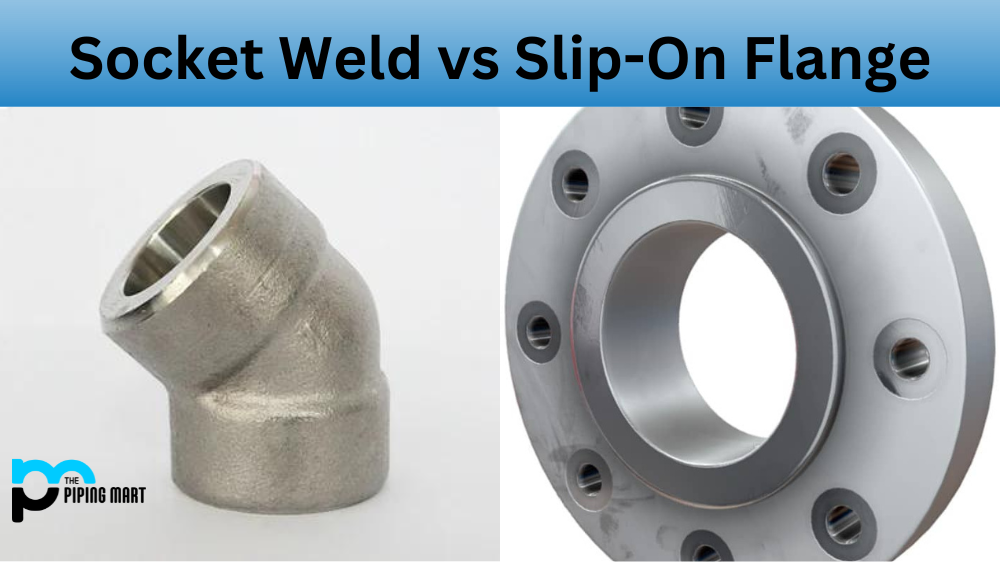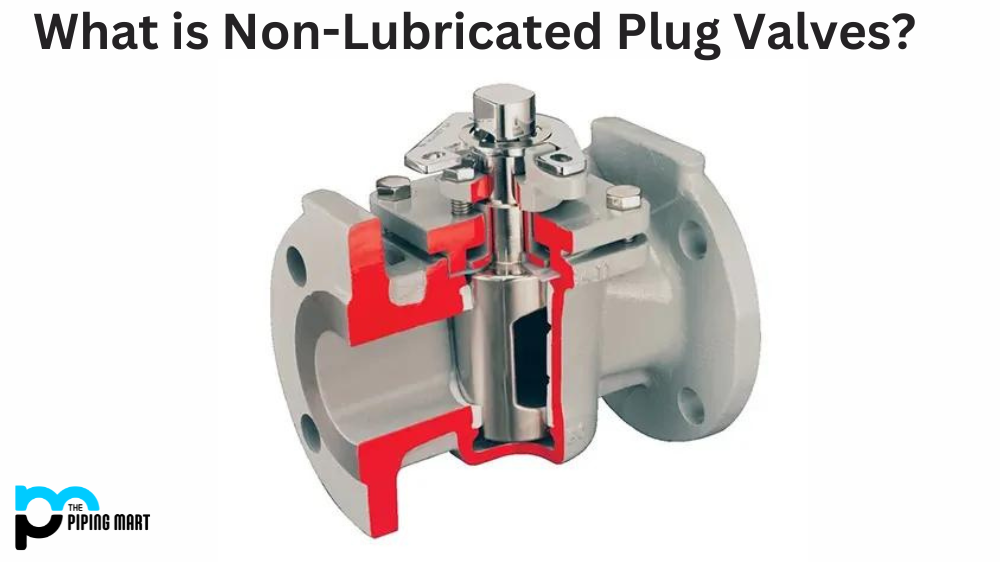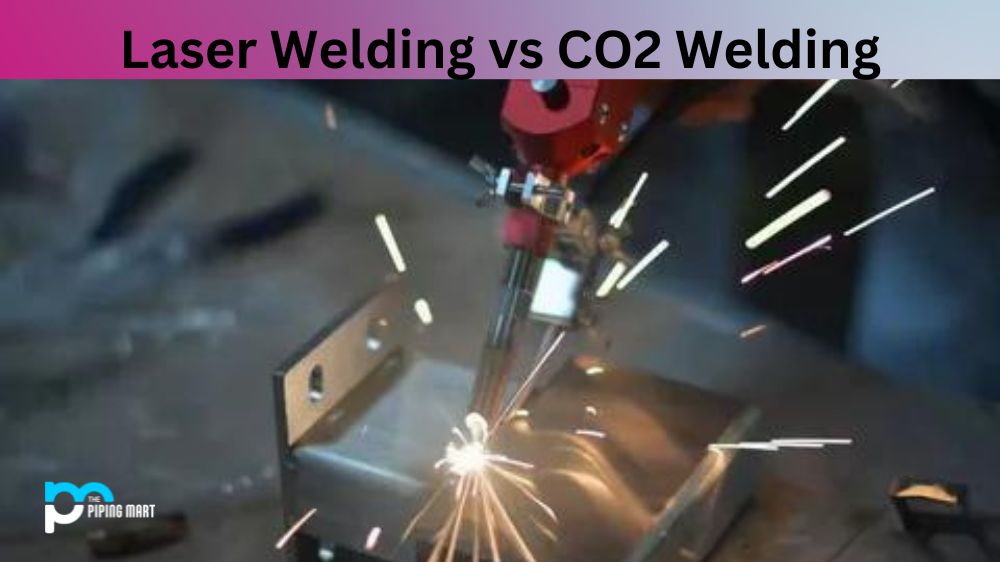Socket weld and slip-on flanges are two types of connecting joints used in industrial engineering. Both are integral components of many pipe systems. It is essential to know the difference between these two flanges as they each have advantages and disadvantages depending on the application. Let’s take a closer look at socket weld and slip-on flange to understand their differences better.
Socket Weld Flange
Socket weld flanges are commonly used in high-pressure systems that require superior strength. They are designed to fit together with pipes with a matching male connection point to create a secure joint without any leakage. Socket weld flanges can be used with all materials, including stainless steel, carbon steel, brass, copper, alloy steel, aluminium and plastic. They also provide an extra level of safety due to their design, which prevents accidental detachment or loosening when placed under high pressure. However, they require more time and labour to properly install than slip-on flanges.
Slip On Flange
Slip-on flanges are much easier to install than socket weld flanges since they slide over the end of the pipe before being secured by welding or bolting it into place. This makes it a popular choice for applications where speed is essential such as when installing a new pipe system or making repairs quickly. They are also less expensive than socket weld flanges because there is less material needed for fabrication and fewer steps for installation. However, this type of joint provides less strength when compared to socket welds, so it should be used only in low-pressure systems where holding power is not required.
Difference Between Socket Weld and Slip-On Flange
- A socket weld flange is a type of flange welded to a pipe or fitting to provide a tight seal.
- A slip-on flange is a type of flange that slides over the end of a pipe or fitting and is then welded in place.
- Socket weld flanges are typically used for smaller-diameter pipes, while slip-on flanges are used for larger-diameter pipes.
- Socket weld flanges have a higher pressure rating than slip-on flanges, making them ideal for high-pressure applications.
- Slip-on flanges are easier to install than socket weld flanges as they do not require welding.
- Both socket weld and slip-on flanges are available in various materials, including carbon steel, stainless steel, and alloy steel.
Conclusion:
Socket welds and slip-on flanges serve different purposes in industrial engineering applications. However, understanding their differences is key when choosing which will work best for your particular project or situation. Socket welds offer superior strength, while slip-ons allow quick installation but lack strength, so it’s important to consider each factor carefully. When done correctly, either type can provide reliable results, so don’t hesitate to reach out for help if you need assistance deciding which one will suit your requirements best!

Meet Bhavesh, a seasoned blogger with a wealth of knowledge and experience. From metal products manufacturing to retail, Bhavesh has a diverse background in various industries and is dedicated to sharing his insights and expertise with readers.




